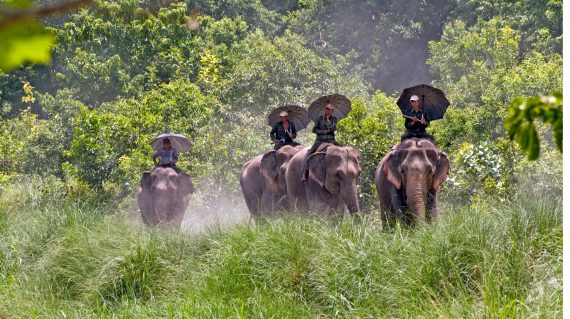
Bardiya National Park
Bardiya National Park , established in 1976 AD is the largest national park in terai region with an area of 968 sq. Km. Initially it was established as Royal Hunting Reserve but later was gazetted as Royal Karnali Wildlife Reserve and finally as a national park with the motive to protect the charismatic species like Bengle Tiger, wild elephant and other wild flora and fauna.
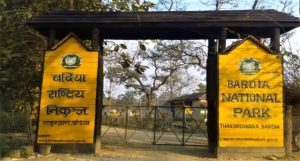
-
Reviews 1 Review5/5
-
Vacation Style Holiday Type
-
Binoculars
-
Family
-
Urban
-
-
Activity Level Fairly Easy
-
Group Size Medium Group
Bardiya National Park is the biggest proof that Nepal is much more than mountains alone. Besides the high peaks of the Himalayas, Nepal also has lush jungles full of wildlife.
Bardiya National Park was established in 1988 and is the largest protected area in Nepal’s Terai. Together with the neighboring Banke National Park, represents the Tiger Conservation Unit (TCU) Bardia-Banke, a vast extension of alluvial grasslands and subtropical moist deciduous forests home of the emblematic Bengal tiger.
Many efforts have been made in cooperation with international organizations to protect this endangered species that finds here one of the largest refuges in Asia and whose population is envisioned to double by 2022. The park is also home to many other endangered species such as the wild Asian elephant or the great one-horned rhinoceros along with 50 other mammal species and 400 of birds. Bardia National Park is firmly committed to preserve this wildlife and their habitat.
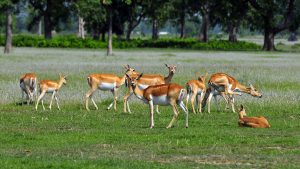
Feature:
- Altitude ranges from 152m to 1445 m
- About 70% of the park is covered with forest, with the balance a mixture of grassland, savannah and riverine forest.
- 839 species of flora, including 173 vascular plant species, 30 species of mammals, 407 species of birds and several species of snakes, lizard and fishes.
Details
| Content | Details | ||
| Name | Bardiya National Park | ||
| Type | National Park | ||
| Total area | 968 sq. Km | ||
| Location | Baridya | ||
| Things to do/ activities
|
1. Jungle safari
2. Boating 3. Fishing 4. Bird watching 5. Tharu museum 6. Crocodile breeding center 7. Elephant breeding center 8. Temples in Bardiya 9. Village walk/ By-cycling
|
||
| Permits | Park entry permit must be obtained to enter protected areas. Park entry fees may be paid at Tourist Service Center, Bhrikutimandap, Kathmandu, or at the entry points. | ||
| Restrictions |
Source: Tiger encounter
|
||
| Nearest airport | 1. Nepalgunj Airport- 31.1 KM
2. Surkhet Airport-25.6 KM
|
||
| Hotels | High range-
Moderate range- Rs 1000 per day
|
||
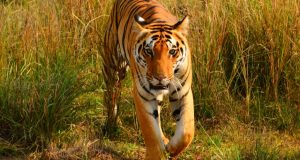
KEY FACTS
- The Bengal Tiger, about 70 in the park. Bardia is probably the easiest place in the world to see a real wild tiger in its environment. The king of the jungle!
- TheLeopard, hard to say how many, for sure more than tigers, although they are harder to see. The elusive one!
- TheAsian Elephant, the most dangerous and aggressive animal in the area. They actually roam freely between other regions, and India. Sometimes they attack villages and make victims. Better watch from a safe distance, and if they come for you, back off. The not so kind giant!
- TheOne Horned Rhino, 35 in total in the park, some taken from Chitwan to try and increase their population. Beautiful animal! I saw some from very close and some others fleeing from tiger’s full speed. The quick one when it needs to be!
- Five type of deer, in order of size from the smallest to the biggest: The Barking dear, the Hog Dear, the Spotted Deer, the Sambar Deer, and the Swamp Deer. There’s quite a big population of these elegant animals, and they are relatively easy to see. The lifeblood of Bardia!
- TheSloth Bear, not easy to see, and when you do, they might be aggressive. But they are there. somewhere. The black ghost!
- ThePangolin, what can I say: how cool would be to see a freaking Pangolin!? Unfortunately, not easy at all, but one never knows. The legend of P!
- StripedHyenas, Leopard Cats, Fishing Cats, Jungle Cats, Jackals… they are all there with some other felines and canines. The night crawlers!
- Langur Monkey andMacaque, both quite easy to see, they’re the first to flee at danger, from the high branches of the trees where they reside. They are also the ones, along with deer, to give signals about the presence of predators, for those who know how to listen to this type of conversation. The constant protectors!
- Jungle safari
- Boating
- Fishing
- Bird watching
- Tharu museum
- Crocodile breeding center
- Elephant breeding center
- Temples in Bardiya
- Village walk/ By-cycling
In order to reach the outskirt of Bardia National Park you’ll need to get to a Tharu village called Thakurdwara.
It’s possible to fly to Nepalgunj from Kathmandu or Pokhara, and from there it’s about two hours by bus to get to Ambasa. Once in Ambasa, where there’s nothing really, you’ll need to take a rickshaw (300NPR), normally waiting at the crossroad that leads to Thakurdwara, 14 Km further South, or you can organise transportation bbeforehandwith your lodge.
It’s also possible to take a bus anywhere along the road that goes East-West. It’s going to be a long ride though. From Kathmandu or Pokhara it’s about 15 hours (1,200NPR), normally leaving in the afternoon and arriving in Ambasa early in the morning. Getting the bus from local bus stations is quite an experience itself, as the stations are not really stations, buses just park alongside a busy and dusty road. It’s impossible to understand which one goes where. Just ask around and locals will point you towards the right bus for your ticket.
The best season in terms of weather conditions and wildlife watching is October-November, and March to May. If you can handle the heat and humidity, which might rise up to 45 C, the pre and post monsoon season is very interesting (May, little bit of June, and September) as animals do hang out in the river waters for longer periods of time during the day, which makes it easier to see them. Definitely a good time to see tigers.

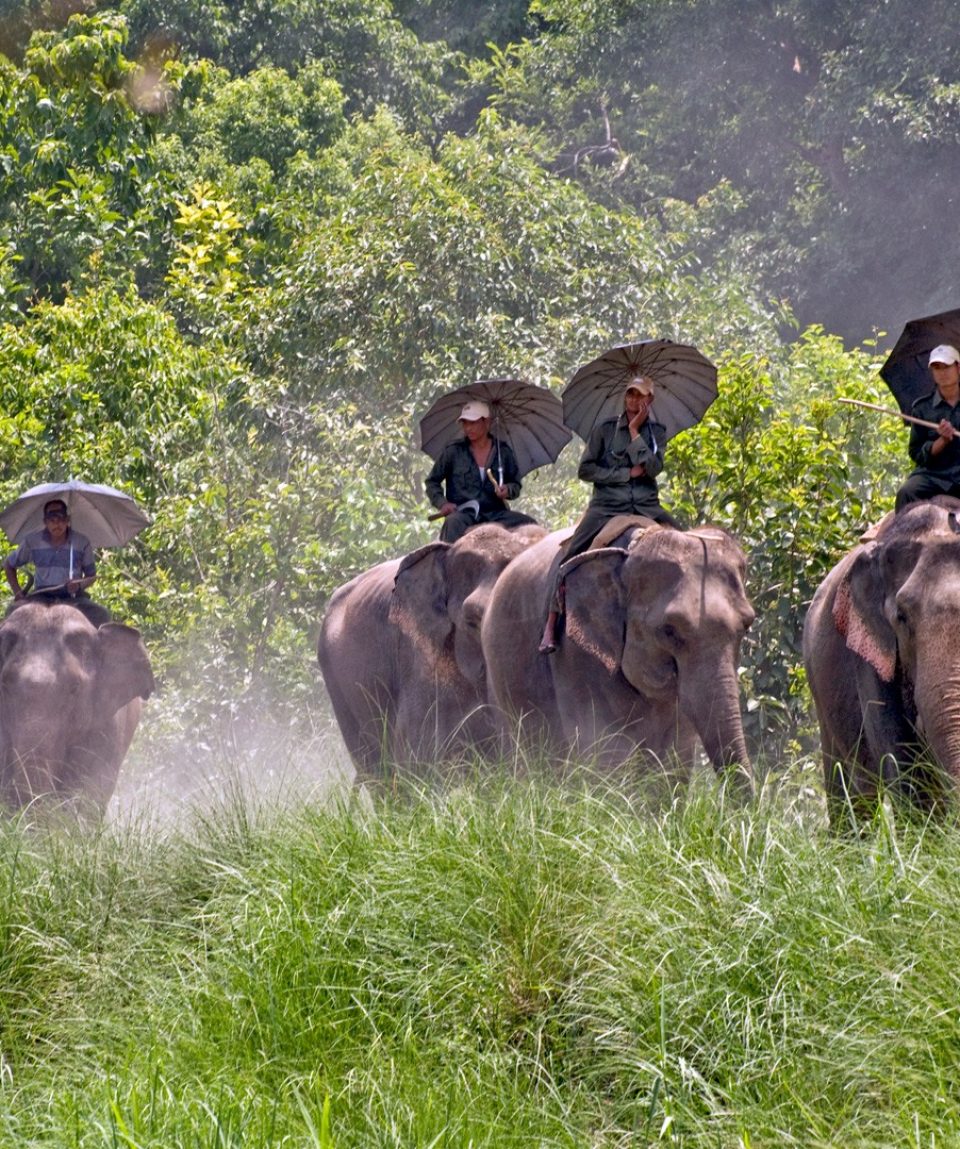
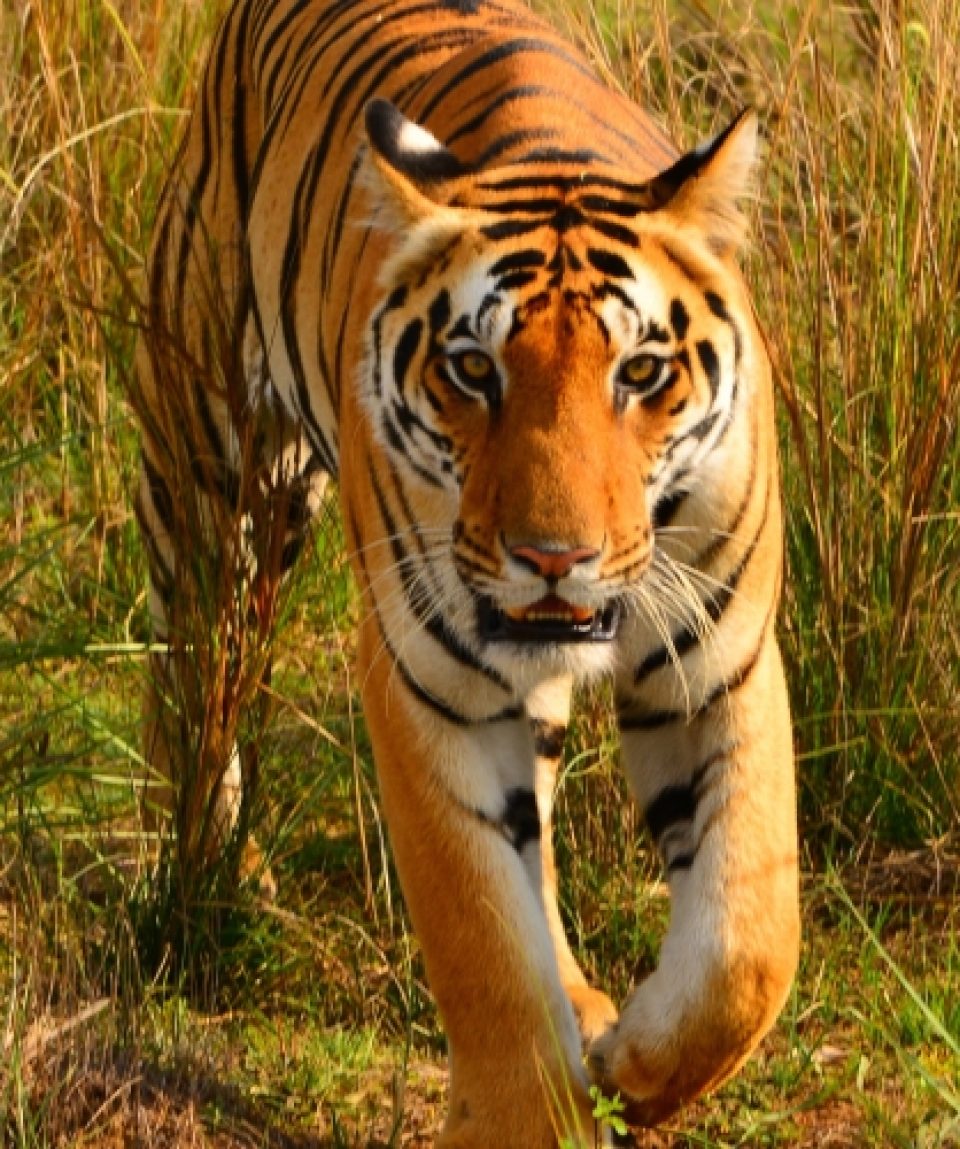
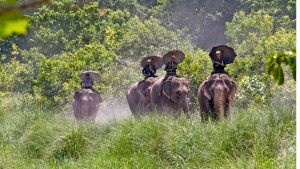
Nice place, best hospitality.